Cultural Icon of Jiangsu: The splendor of the Han Dynasties blossomed in Xuzhou
The splendor of the Han Dynasties blossomed in Xuzhou: An important cradle of Chinese civilization

In 201 BC, Emperor Gaozu of Han, Liu Bang, having just pacified the realm, returned to his hometown of Pei County. Amid the cheers of local elders from Feng and Pei counties, he presented a special "gift"—a cart laden with precious Confucian classics—to his half-brother Liu Jiao, the newly enfeoffed King of Chu.
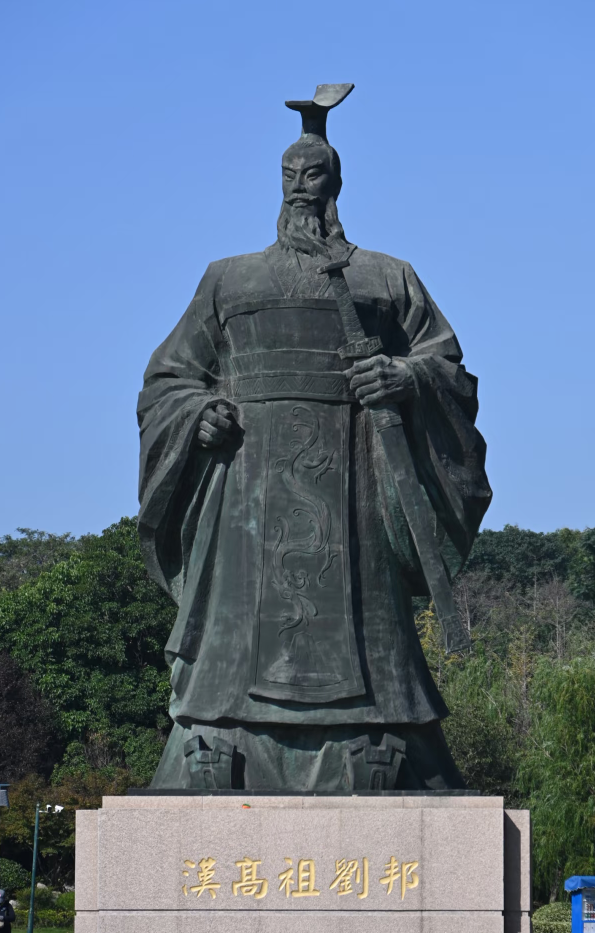
Thus emerged a unique scene in Peng City (ancient Xuzhou). On one hand, exquisitely crafted bronze ritual vessels and weapons with majestic patterns continued to be unearthed from Chu royal palaces and noble tombs, showcasing the region's profound technical heritage and grandeur. On the other hand, vigorous promotion of Confucianism took root here: academies were established, students were recruited, and classics like the Book of Songs were taught, transforming the place into a major center of Confucian culture.

Xuzhou in Jiangsu, anciently called Peng City, was the homeland of Peng Zu, China's eminent longevity master, and the birthplace of Emperor Gaozu Liu Bang—the very ground where the Western Han Dynasty took root. Royal tombs buried deep underground, stone reliefs, and a millennia-spanning spiritual legacy collectively form Xuzhou's most radiant cultural emblem: Han culture.
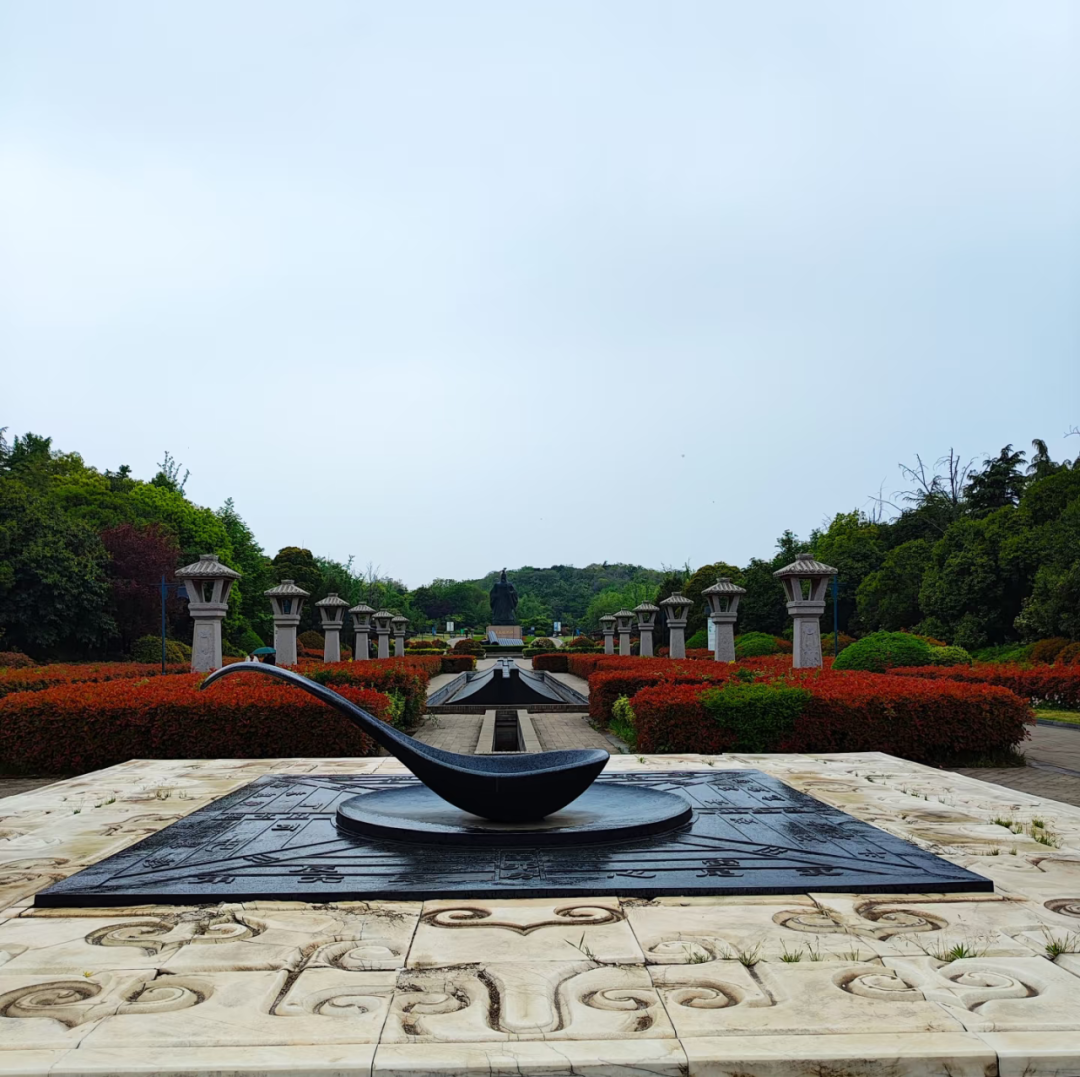
Xuzhou's Han cultural relics, vast in scale, supreme in rank, and exceptionally preserved, deserve the title "Underground Museum of the Han Dynasty." Within the Chu King Tomb in the Lion Hill lies a world-rare jade burial suit woven with gold thread. Its enduring luster after 2,000 years reveals the Han Dynasty's pinnacle craftsmanship and unique view of life and death. The precisely engineered Han Tomb in Mountain Gui features vivid stone wall carvings depicting the opulent lives of Chu nobles. The Xuzhou Han Stone Relief Art Gallery houses over 2,000 stone reliefs, vividly capturing Han-era politics, society, philosophy, and art. Xima Terrace, remnant of the capital established by Xiang Yu (King of Western Chu), preserves rammed-earth foundations and Ming Dynasty steles, bearing witness to the "Autumn Wind and the Galloping Horses" legend and the fierce Chu-Han rivalry. The Xuzhou Han Terracotta Army Museum safeguards over 4,000 terracotta figures. Arrayed in disciplined ranks at one-third human scale with lifelike detail, they vividly recreate Chu military formations, embodying the Han noble burial system.
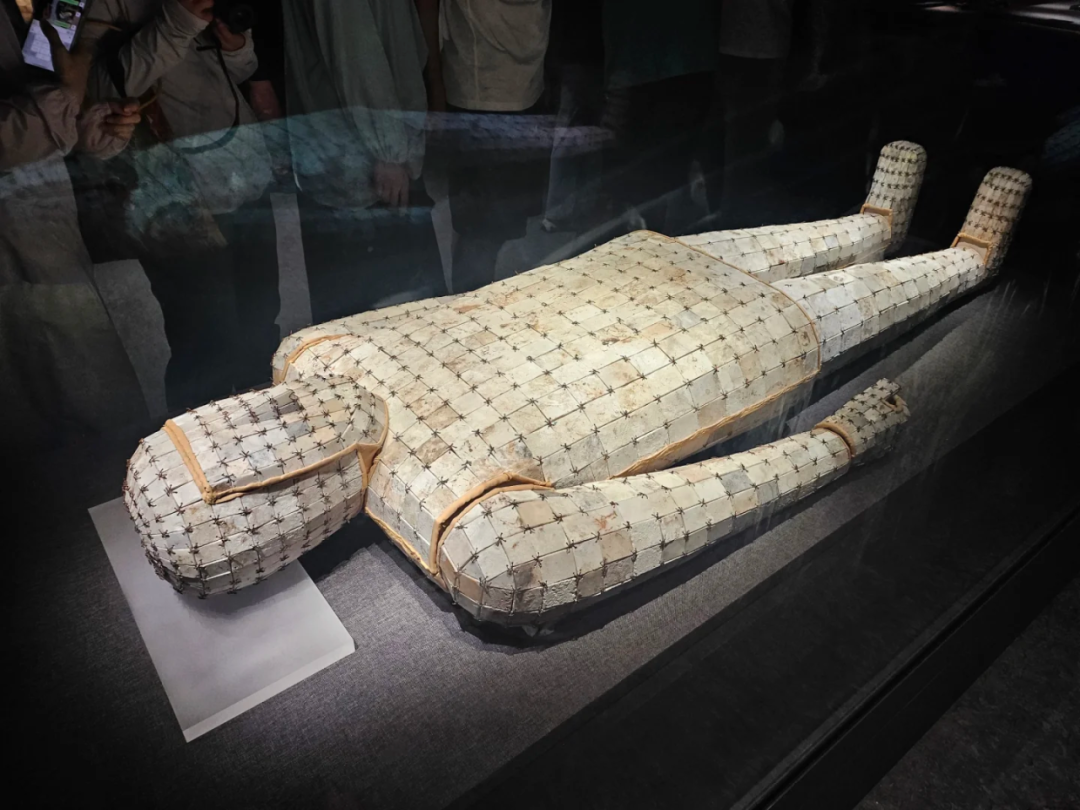
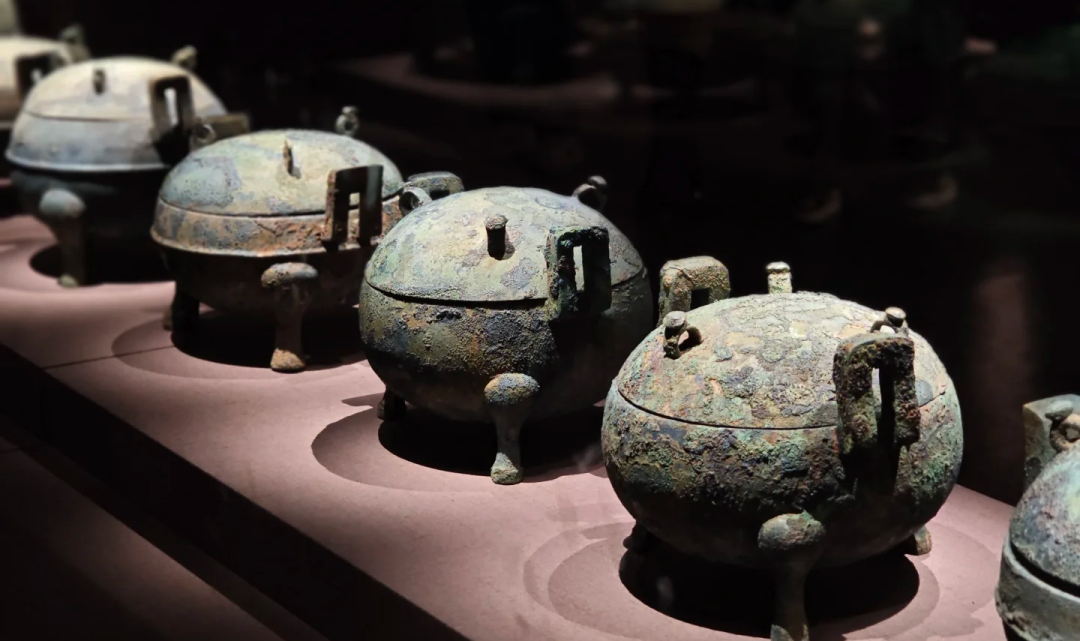
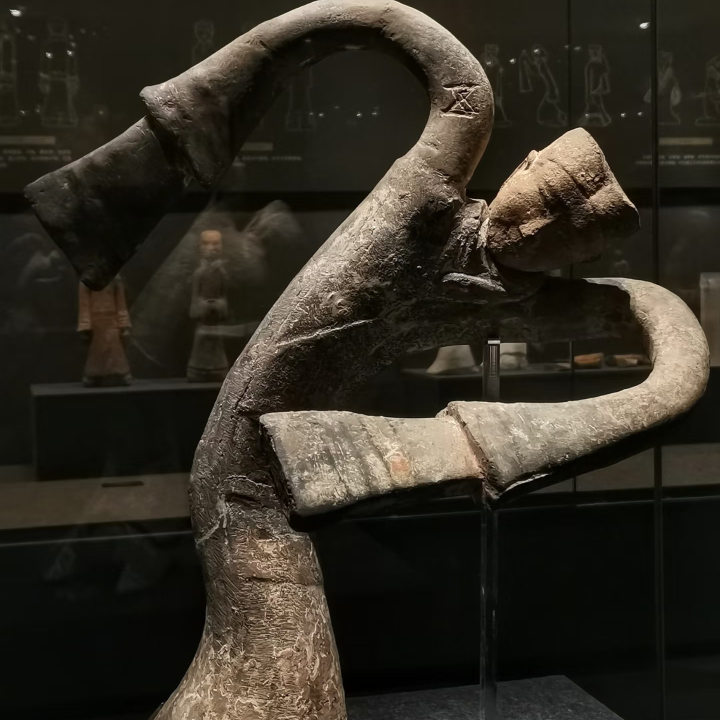
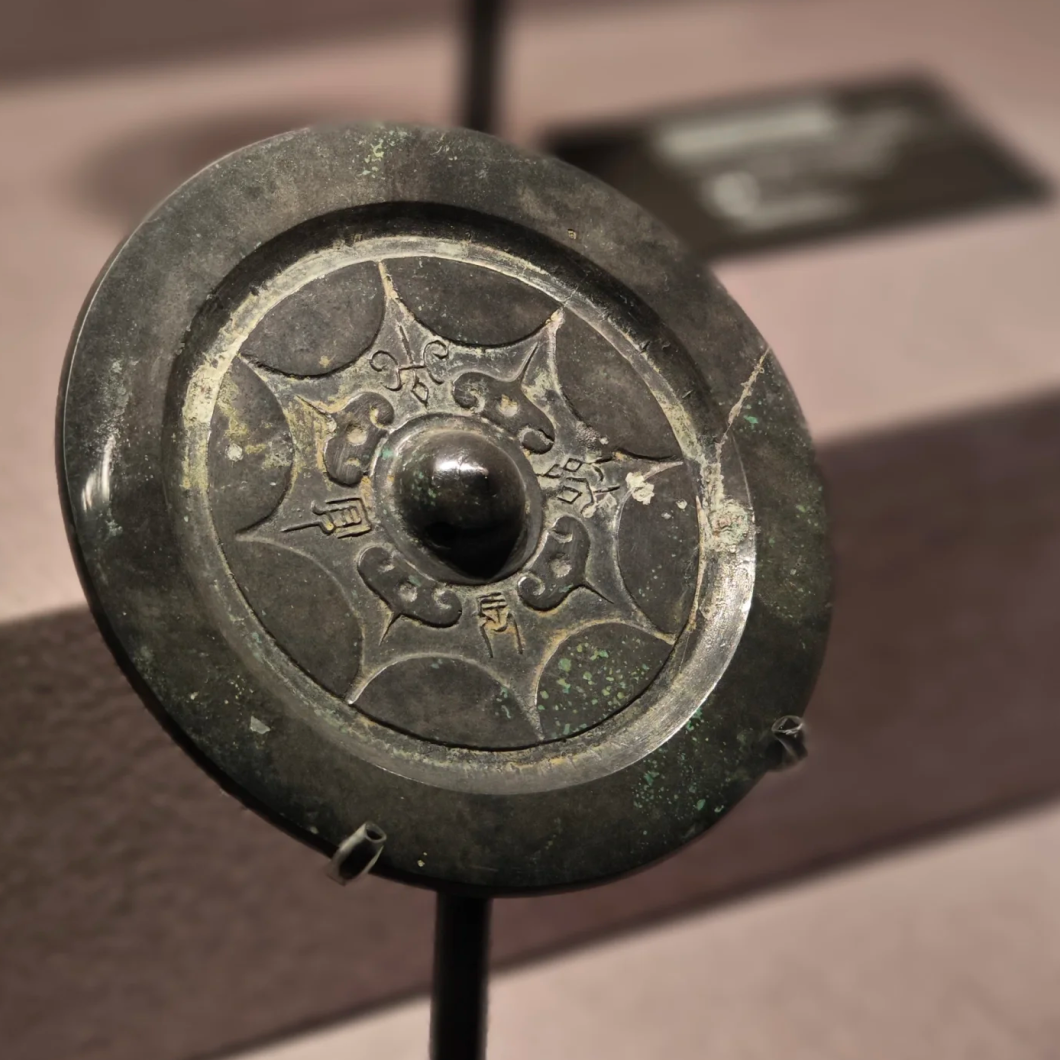
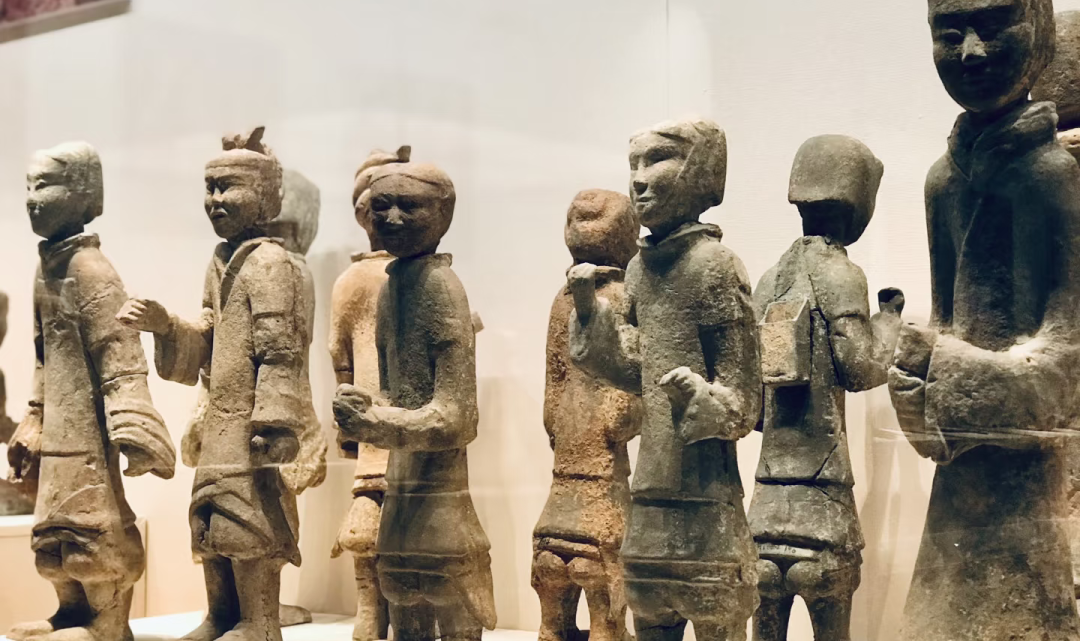
The Han culture borne by Xuzhou is a vital source of the Chinese spirit. Historic events here—Liu Bang's rise and Xiang Yu's tragic end—have become cultural symbols interpreting core Chinese traits: resilience, heroism, and adaptability. The Han urban ruins system stands as physical testimony to the commandery-kingdom governance under centralization, its institutional model profoundly influencing East Asian political landscape. The concept of "grand unity" in the Han culture, Confucian ethical practice, and pioneering spirit established Xuzhou as a crucial birthplace of Chinese civilization.
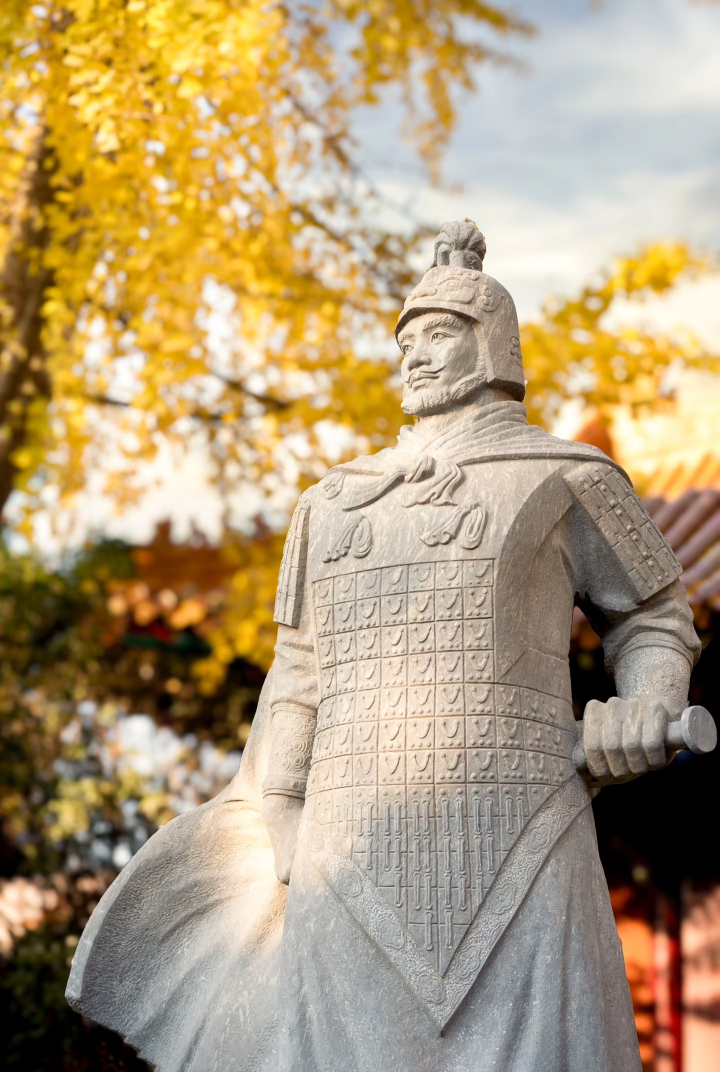
The brilliance of Xuzhou's Han culture now transcends borders. Within world-class venues like the British Museum and the Met, the serene aesthetics of Xuzhou's Han jades and the powerful artistry of stone relief rubbings captivate global audiences. International Sinology prioritizes "Han Dynasty China," continually deciphering the codes within Xuzhou's artifacts. Meanwhile, the Hanfu (traditional Han clothing) trend is taking the world by storm, gaining fervent admiration among overseas youth.
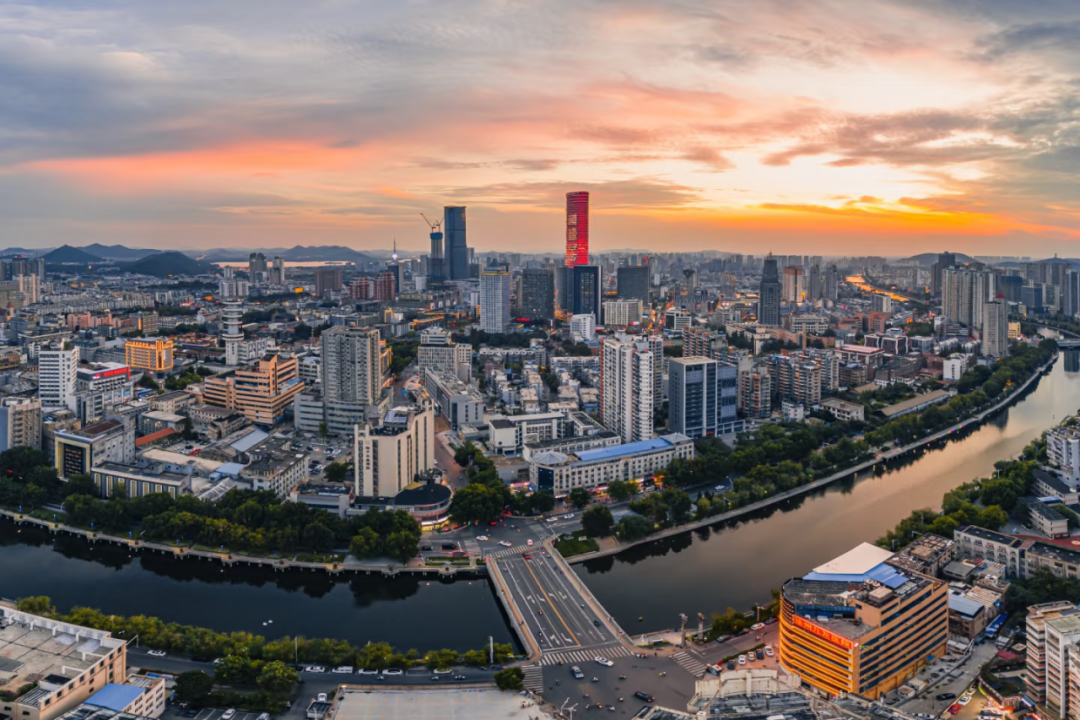

访客通道(项目入口)
还没有账号?
立即注册